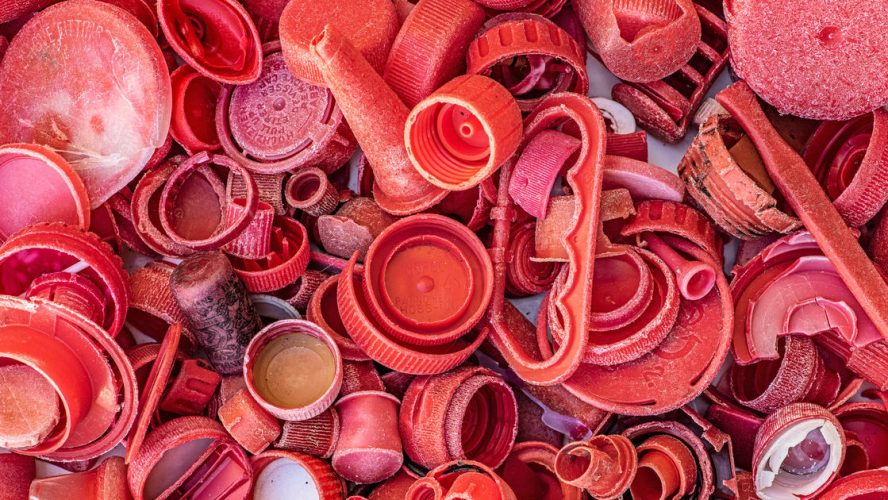
Paula Chin
Sustainable Materials Specialist, WWF
What does ‘sustainable packaging’ really mean? While plastic pollution is one of the most visible examples of the environmental crisis, ditching plastic for other materials is not the quick fix our planet needs.
Nature is in freefall and our changing climate is putting our home – our planet – under threat. This is a global problem that requires a global solution. We know nature can restore itself if we give it a fighting chance, but we must act now to address the root causes of the environmental crisis, including tackling plastic pollution.
While we urgently need legally binding targets to prevent mismanaged plastic waste polluting nature, consumers’ own awareness and habits at home are also vital for addressing the problem and helping to drive positive change.
All packaging starts life as a natural resource
Packaging makes a significant contribution to our modern society and has influenced the way we consume products. It’s also played an essential role in keeping hospitals and health services running during the pandemic, with protective packaging used for face masks and important medical equipment.
We rely on packaging to protect the products we buy so they’re safe, hygienic and damage-free. However, all packaging materials start life as natural resources, from trees cut down for paper, oil and gas refined for polymers, land mined for metals and sand harvested for glass. We need to remember that all of these resources are taken from the planet and their extraction and production often comes at an environmental cost.
Switching from plastic to other materials doesn’t fix the problem but instead shifts the environmental and social burdens to a different supply chain.
Impacts of resource consumption
The contribution of resource use to climate change and nature decline is often ignored.
According to the UN, resource extraction and processing are responsible for 90% of global biodiversity loss and half of all carbon emissions. Simply put, we’re using natural resources faster than the planet can recover and our over reliance on them is having devastating impacts.
More needs to be done to increase our knowledge about the flow of these materials around the world and enable a better understanding of their impacts.
While the impacts of plastic pollution are well-documented, what about the less visible impacts from other materials? How can we eliminate the risk of deforestation related to paper sourcing? How can we guarantee there won’t be any human rights violations within the aluminium supply chain? How can energy-hungry glass production shift to renewable energy sources? In the case of plastics – and plastic waste – it’s clear that preventing leakage into nature remains the most urgent challenge.
We need to use the planet’s valuable resources more efficiently. We have an opportunity to rethink the systems which rely on single-use packaging and shift towards reuse and refill models.
Material comparisons are a distraction
If there is demand from consumers to buy products, there will be a need for packaging.
Developing packaging is more complex than it seems because of the specific technical and functional performance required for the products they protect.
Some packaging materials do the job better than others for certain categories of products, plastics being the most versatile of all. Switching from plastic to other materials doesn’t fix the problem but instead shifts the environmental and social burdens to a different supply chain.
On the basis that packaging is here to stay, we need to ensure that we minimise the environmental and social impacts of all materials, not just plastics.
Until the wider packaging industry takes responsibility for the key impacts of their individual material supply chains, all packaging will continue to have serious impacts. Some are more visible than others but all of them contribute to the decline of the natural world and threaten the communities who inhabit it.

